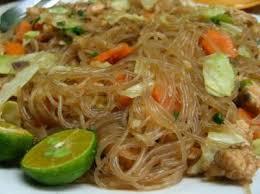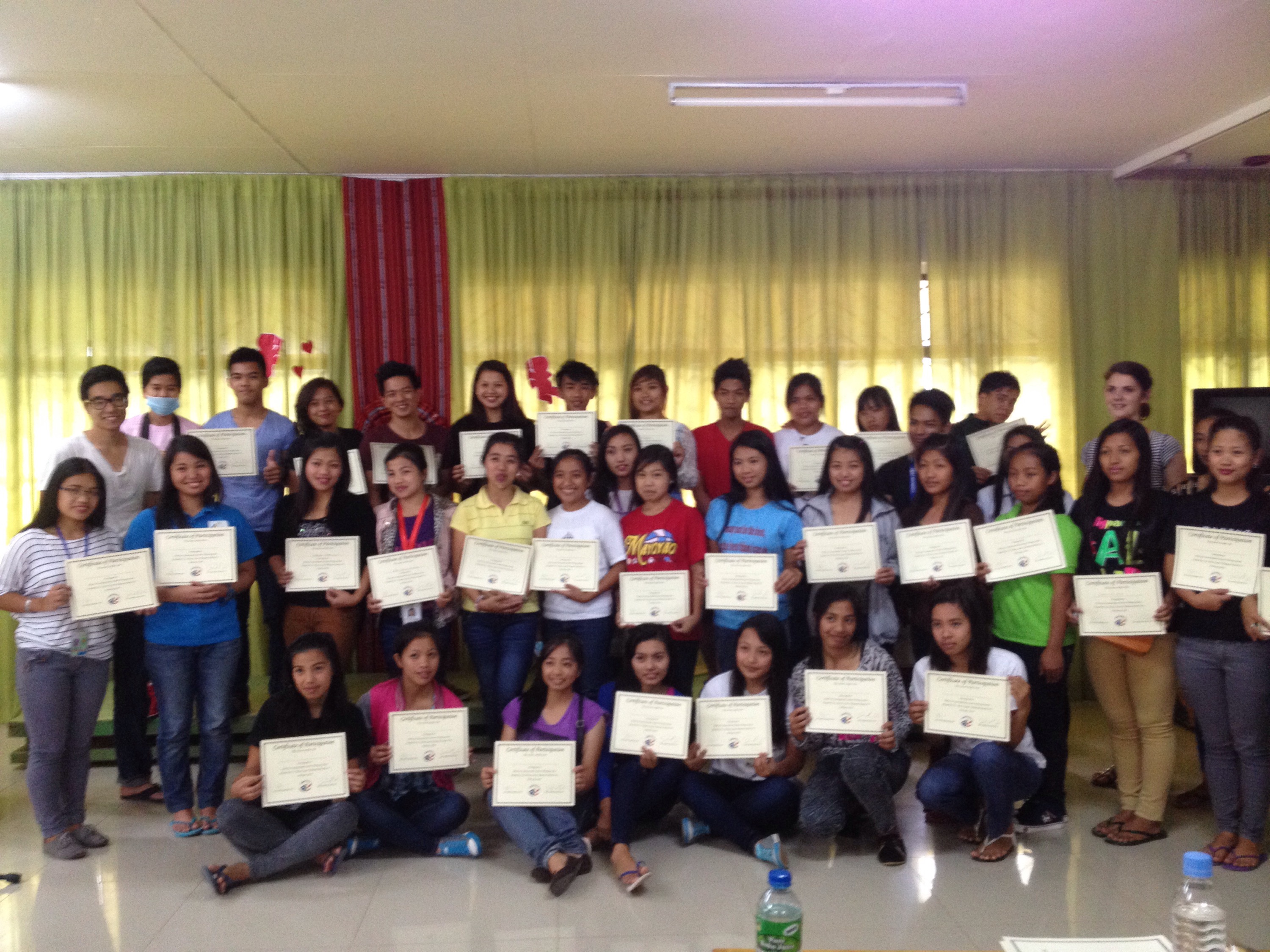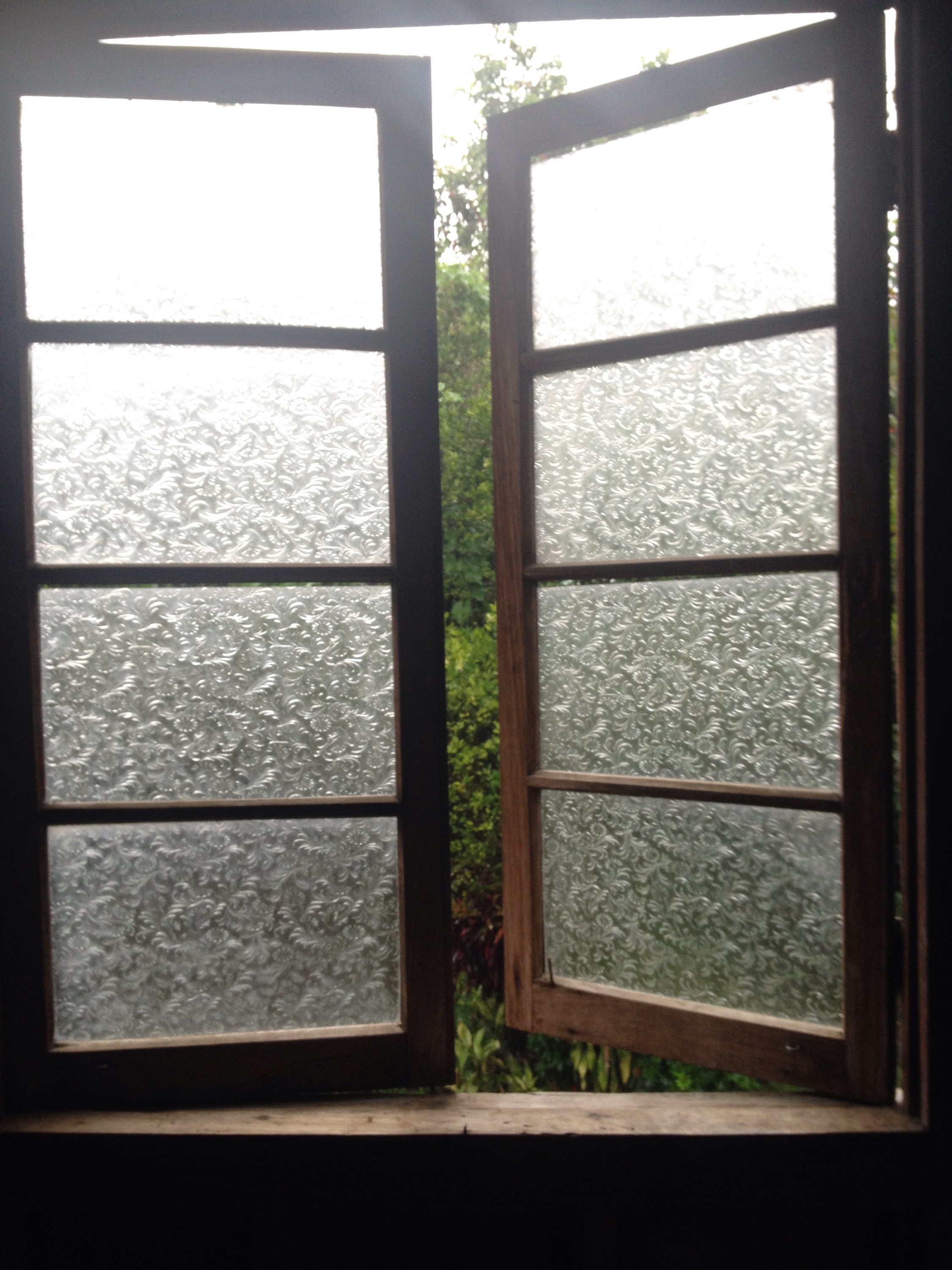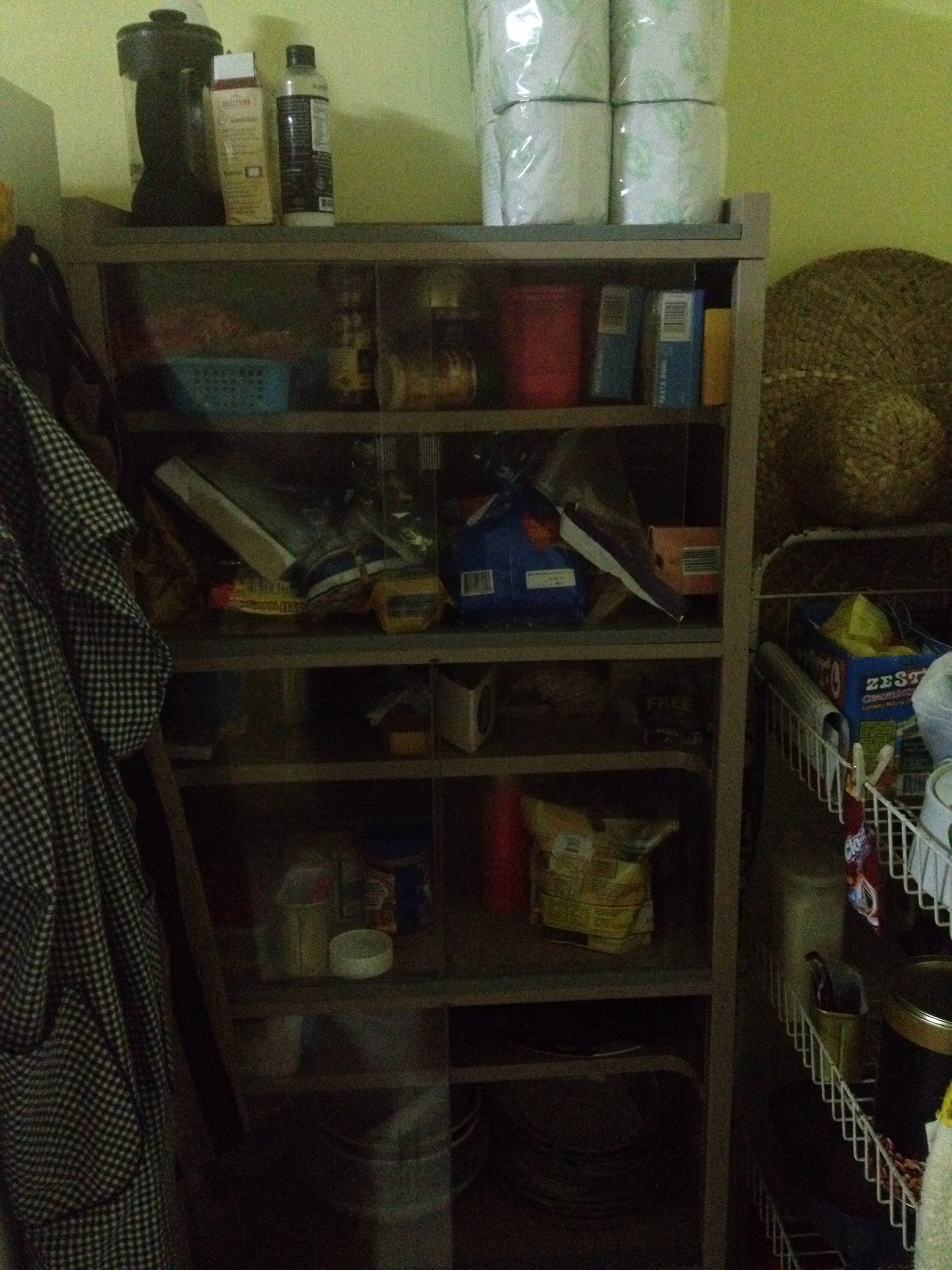Fortunately for my bank account, I don’t use public transportation too often at site. I live 30 seconds from work and our office is lucky enough to have a vehicle to ferry us around the province for our various seminars and workshops.
However, this week was Holy Week–a popular time for volunteers and Filipinos alike to get out of town. My friend, Kelly, and I made a plan to meet in Tagaytay, a popular vacation spot outside of Manila. Throughout our trip (which was relaxing and awesome and so necessary), I think I traveled on nearly every transportation option available here in the Philippines!
Over the past few days, I have travelled by:
Ambulance: My office’s car has been in the shop, so we borrowed an ambulance to get to an event in a far-flung municipality (Note: add far-flung to my list of favorite Filipino English words). One of my favorite things about the Philippines is people’s willingness to adapt and share resources. Shout out to the health office that lent us their ride!
Bus: Buses are ubiquitous in the Philippines. You can sometimes pre-purchase tickets at the bus station, but more often, I find myself hailing buses down at the side of the road. It’s easy enough to tell where the bus is going by the sign in the front window and you can buy your ticket on board. Some buses will also let you ride for a short distance–a nice alternate to stuffy jeeps if you are lucky to catch a bus as it passes!
Van: FX vans (named after the model of van) are shared taxis that travel along a specific route. Up to ten people are packed in the van and they usually drive very, VERY fast. Kelly and I were lucky to catch a ride to Tagaytay with a Japaneae tourist who had contracted an entire Van just for himself. Using her expert Tagalog skills, Kelly negotiated that we would pay only a small fraction of the total price (no shame–#integration plus the guy was willing to pay the whole price to begin with…volunteers kami at walang $pera$)
Tricycle: Trikes are the easiest way to travel short distances when a. It’s too hot or b. You are with a Filipino who insists that your destination is “too far” to walk and then it turns out that the place you wanted to go is around the corner. I resist taking trikes because I am too tall to sit comfortably in the sidecar.
Jeepney: The main form of public transportation in the Philippines is the jeepney. Like FX vans, jeeps follow pre-set routes–albeit with more character as relics of WWII. You can hop on and off the jeep any time you like. To find out the price of your bayad or pamasahe (how much it will it will cost to ride the jeep), just ask the driver and he will somehow magically know how much you owe to the piso AND will give you back the right change, even though 10 people handed him their bayad at the same time.
To get a jeep to stop for you on the side of the road, stick out your hand with your fingers indicating the number of passengers looking to ride. Each side of the jeep is lined with a bench that holds nine passengers, so if there is enough room–the driver will stop. Just kidding! The driver will almost always stop if you are willing to sit next to him in the front seat, in the “back seat” (plank of wood precariously placed at the rear exit of the jeep as needed), or up top on the roof of the jeep.
When it’s time to stop, shout “para” (okay, fine, I am the only one that shouts; the typical practice is to mumble “para” under your breath, but this trick doesn’t seem to work for foreigners) or rap a coin a few times on the roof to make a tinkling noise to signify your stop.
A last word on jeepneys–one thing that really irks me is the fact that every passenger wants service to their exact destination. This often means that the jeep will stop to let a passenger off, only to make another stop 30 seconds later to let off another passenger. As someone who is used to a relatively efficient commute, this practice can be frustrating, but such is life in this laid back country!
Bangka: A bangka is a small pump boat that carries passengers from island to island. Living in the mountains, I obviously don’t travel by boat too much but it was nice to get out on the water during my trip to Tagaytay.
Walking: As a ~city girl~, walking is something I sorely miss about home. The Philippines is just not well set up for pedestrians with its relentless traffic and general lack of sidewalks. However, in Tagatay, I not only walked (due to a gross underestimation of how far away our hotel was) but I also hiked Taal Volcano!
Motorbike: NOT! Motorcycles are bawal (forbidden) for volunteers.









































































